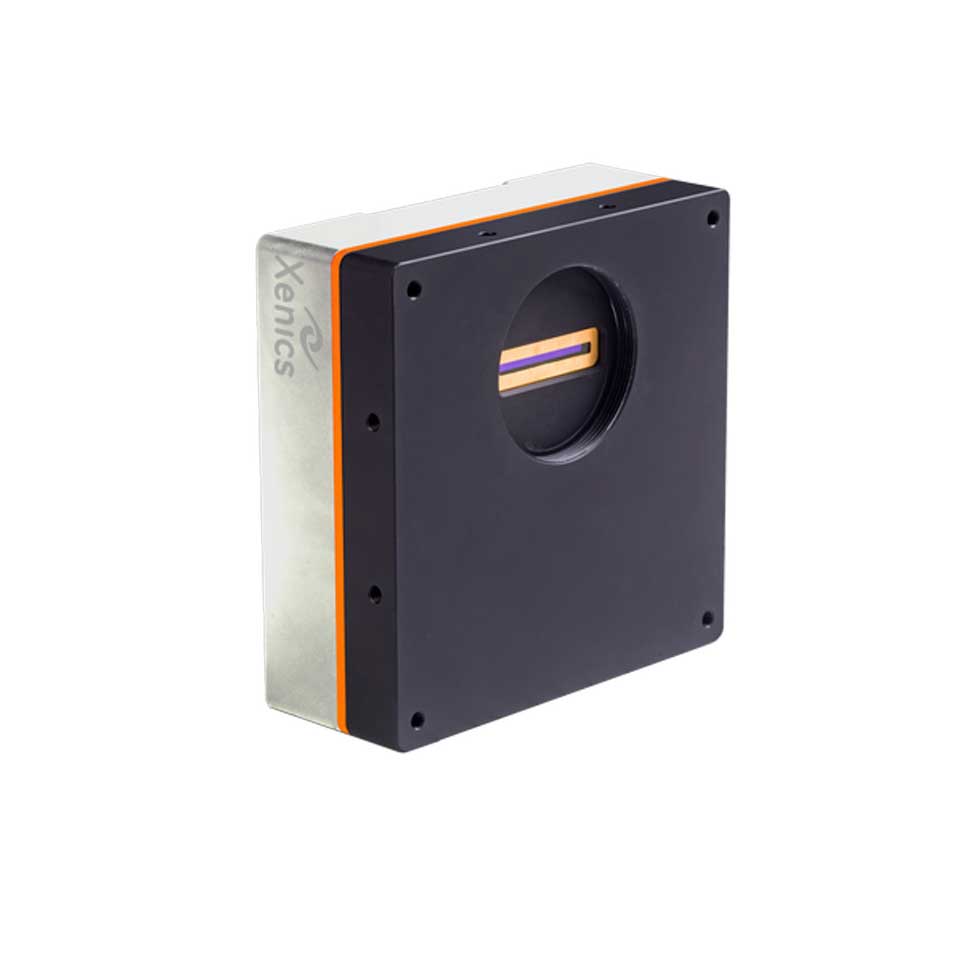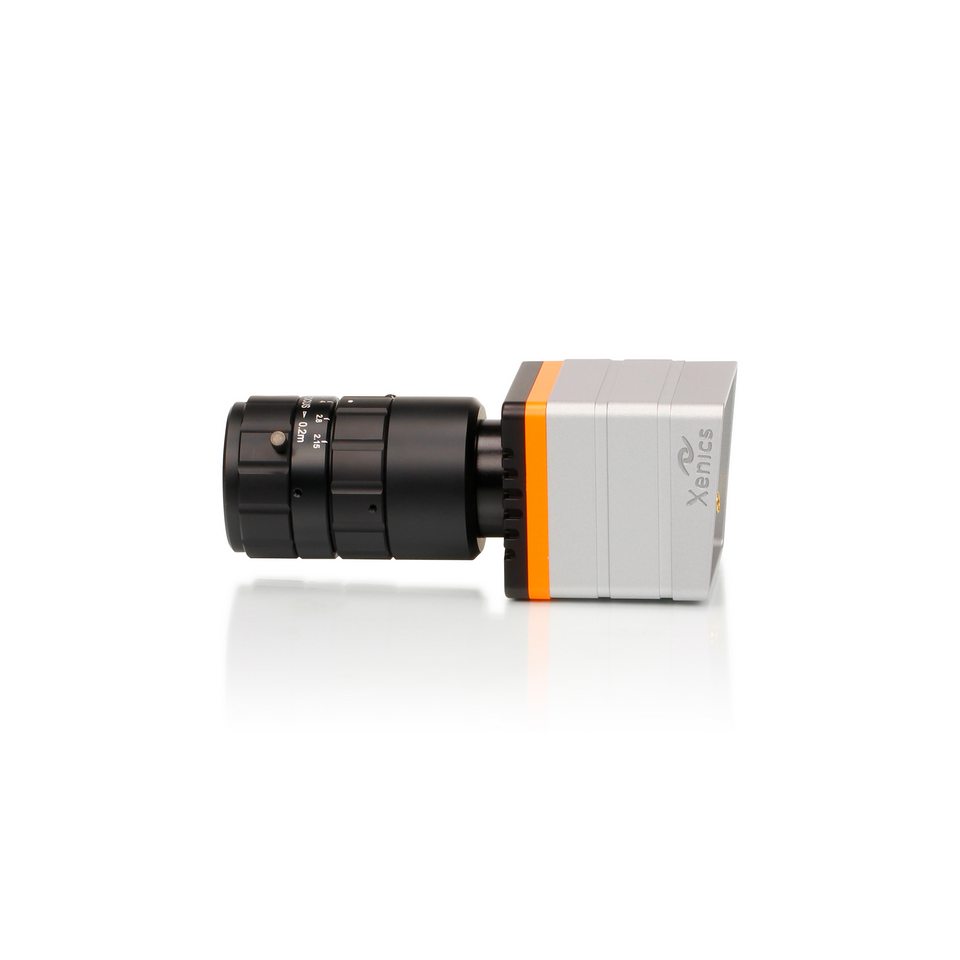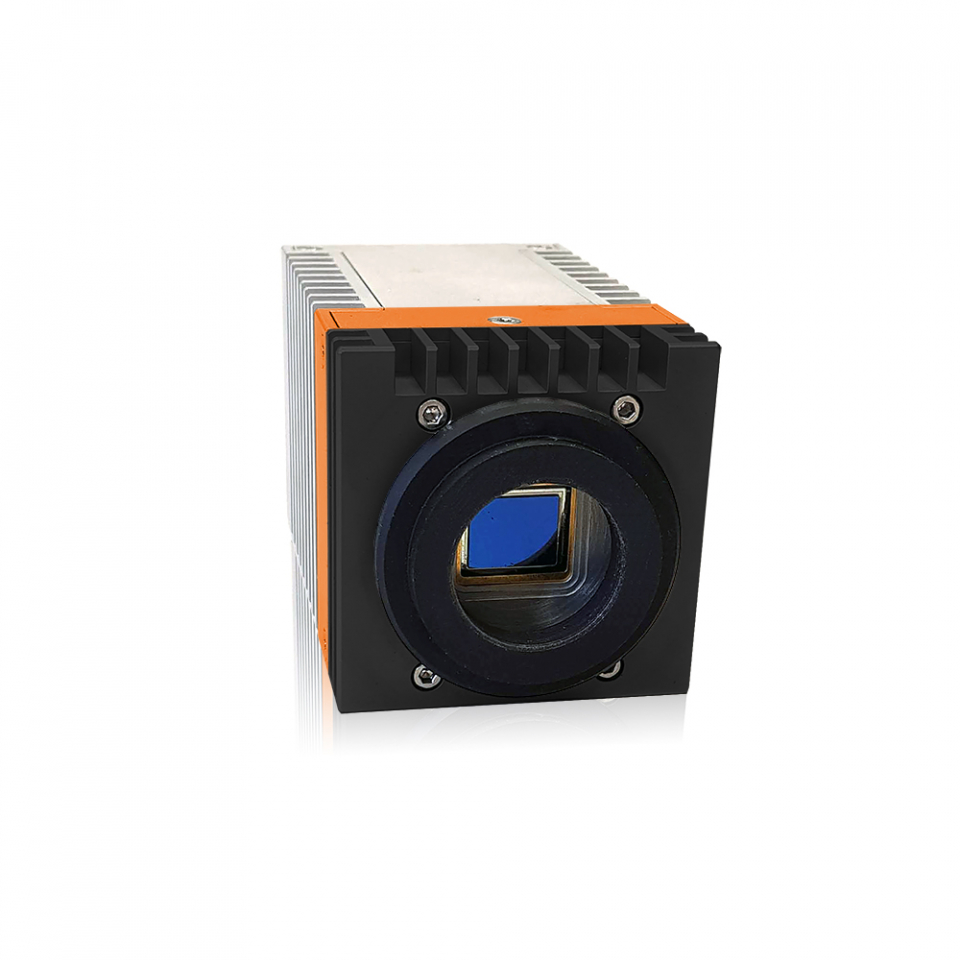Food Product Sorting and Inspection Using SWIR Cameras
Fresh foods contain lots of moisture and monitoring the amount of moisture can be used to sort the food into high-quality and low-quality bins. By selecting the appropriate wavelength in the SWIR, where water has a high absorption, the water content can be accurately monitored and the items sorted accordingly.
In addition, bruising on some fruits can be monitored in the SWIR region to see defects that may not appear very clearly in the visible color images used to inspect the fruit.
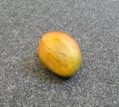
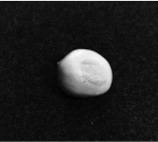
Finally, scanning for foreign solid objects within food samples can be accentuated with the SWIR since these items will often have different absorption properties compared with the food item that is being monitored.
For high speed inspection applications, a Linear SWIR camera may be preferred, since the line rates for these cameras can be exceedingly high (up to 260kHz). The approach requires the objects to all be separated and transported along a moving belt in some manner and relies on a high level of illumination to get good images at those high speeds.

The Manx SQ and R Series have the following features:
- High speed operation – 130kHz or 260kHz models
- Selectable Gain States to optimize measurements
- Selectable Line Resolutions – 512, 1024, 2048
- Rectangular (for sensitivity) or Square (for non-distorted images) pixel shapes
- Manx R Series Datasheet, Manx SQ Series Datasheet
- Product information/quote
The Lynx SQ Series has the following features
- Moderate speed operation – 40kHz
- Lower cost to deploy
- Lynx SQ Series Datasheet
- Product information/quote
For moderate speed applications, an imaging approach can be taken. In this case, a minimum of VGA resolution (680×512 format) is desired to get a decent field of view on the targets. It is also useful to have a relatively compact camera so it can be placed in the machinery at access points that may have limited space.
The Wildcat Family has the following features:
- VGA Resolution Sensor, up to 200 FPS
- Lower noise for higher sensitivity and high dynamic range for varying signal sizes
- USB3 connectivity for plug and play operation
- Wildcat 640 Series Datasheet
- Product information/quote
